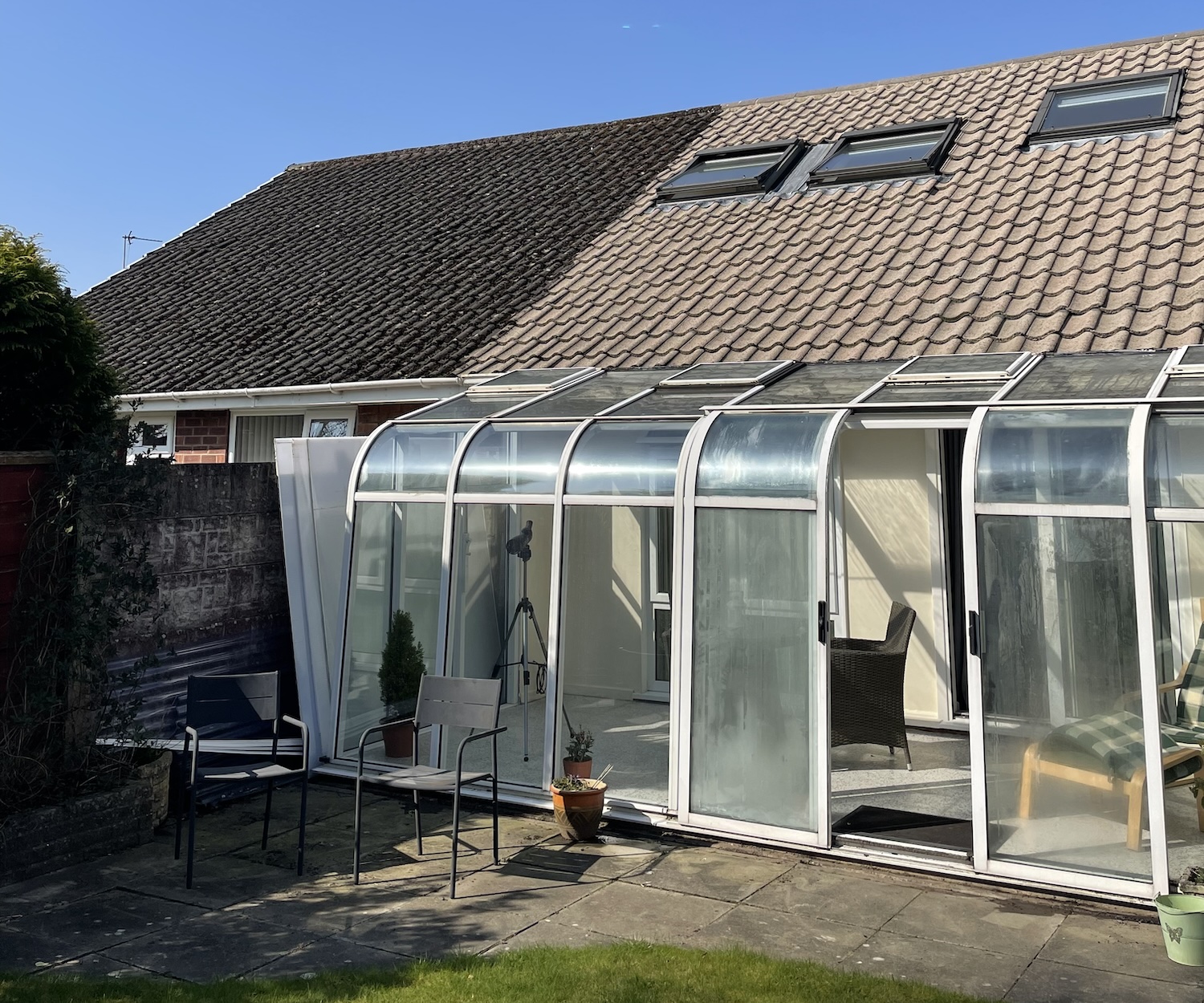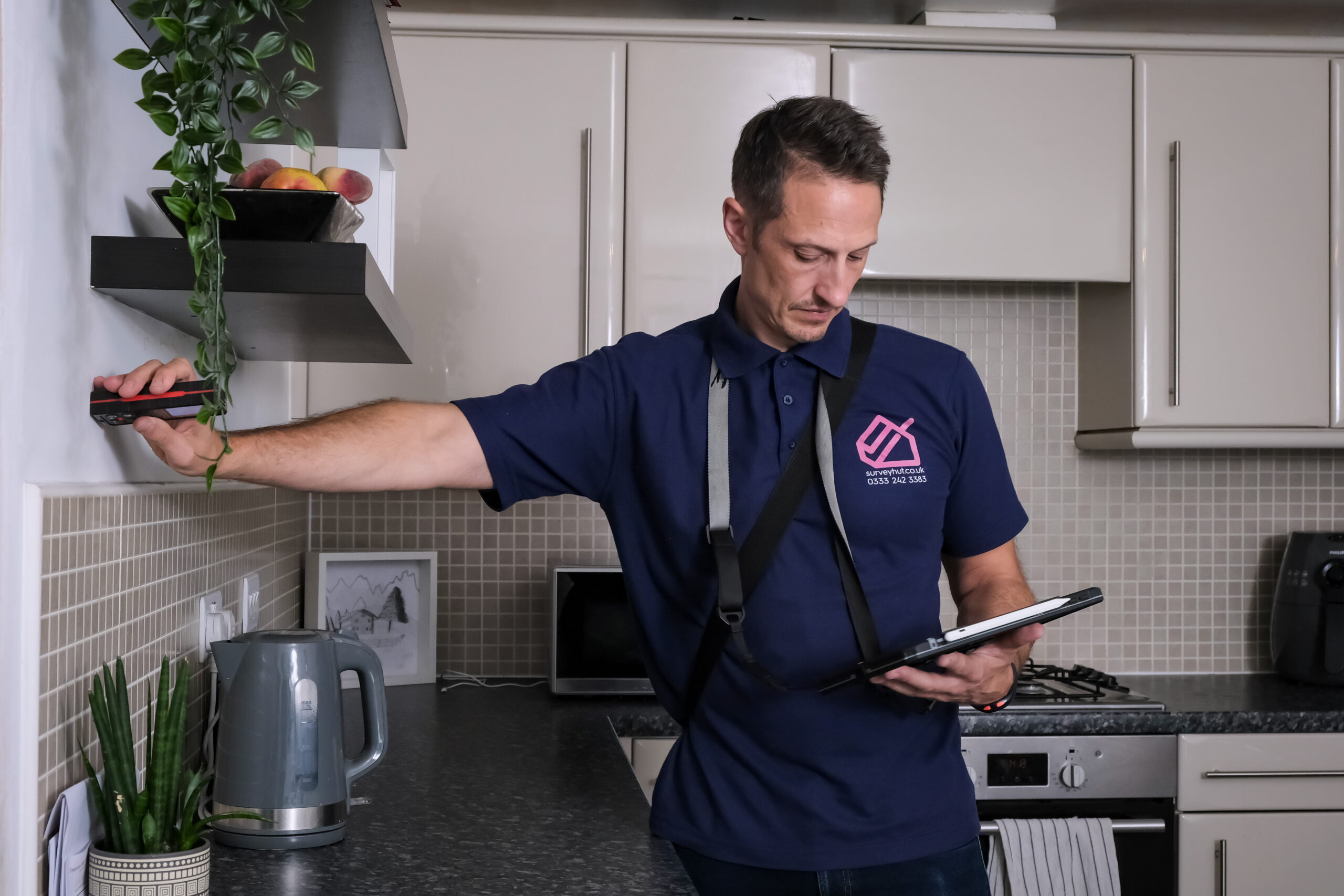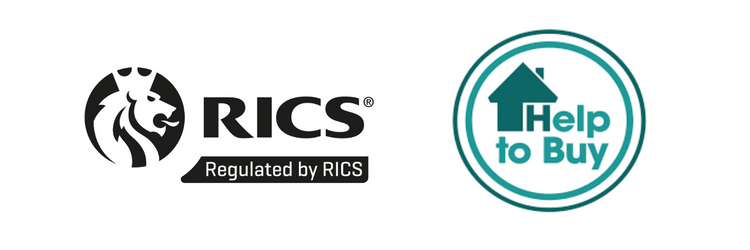Thinking about buying a property that’s a bit out of the ordinary? You’ll want a survey that suits its unique character and potential challenges.
A house survey thoroughly examines the property’s condition, highlighting issues you might otherwise overlook. This is especially important for less conventional properties, such as cottages, listed buildings, or older homes, where unique structural and maintenance needs often arise.
Each survey type offers a different level of inspection, from basic condition assessments to in-depth analysis. Choosing the right one for your property type can help you avoid unexpected repair costs and protect your investment.
The Different Property Types That Can Benefit from a House Survey
House surveys aren’t just for typical properties—they’re essential for a wide variety of property types, helping you spot potential issues before committing to a purchase. At Survey Hut, we know each property type presents unique features and challenges, so selecting the right survey is crucial.
Cottage Surveys
Cottages are often full of character, with features like timber frames and thatched roofs that require specialised attention. Survey Hut’s cottage surveys are designed to carefully assess these unique elements, ensuring you’re aware of any maintenance needs.
Our surveyors will examine for any major structural issues, checking for damp or cracks, while the roof is inspected to confirm it’s watertight. Additionally, any outbuildings like sheds or barns can be included.
Apartment Surveys
Purchasing an apartment often means becoming part of a larger building with shared spaces. A tailored apartment survey will assess the condition of your individual unit while also inspecting communal areas.
This might include checking the walls, floors, ceilings, plumbing, and electrical systems in your flat. We can also examine shared spaces, including hallways, lifts, and the building’s roof. The survey report will clarify responsibilities for repairs and service charges, giving you a full picture of potential future costs.
Bungalow Surveys
With their single-level structure, bungalows have unique aspects that make them susceptible to certain issues. A bungalow survey focuses on key areas that commonly require attention in these homes.
Our first point of call is to inspect the roof, which plays a major structural role in a bungalow. We look for any signs of sagging or damage, ensuring it’s in solid condition. Plus, insulation is assessed, as heat loss through the roof can impact energy costs.
Terraced House Surveys
Terraced houses, with their shared walls and often compact layouts, present distinct survey needs. Our approach to terraced house surveys covers the unique points of these properties.
The party walls (the walls shared with neighbouring properties) are checked first for any signs of damp or structural concerns. We also evaluate shared elements like roof and chimney stacks to identify any repair responsibilities. Additionally, we assess the brickwork, windows, and exterior condition of both the front and back of the house to ensure it’s in optimal shape.
Listed Building Surveys
Listed buildings are treasured for their historical or architectural value, and they require specialised survey attention. A survey for listed buildings respects the unique nature of these properties while carefully assessing their structural health.
Our surveyors are well-versed in traditional building methods, allowing them to spot potential issues without compromising the building’s character. Key features such as timber frames, stone walls, and historic fixtures are examined in detail. We also provide recommendations on future maintenance.
Key Points in a Building Survey (RICS Level 3)
A Building Survey provides an in-depth assessment of a building’s core components and overall condition, focusing on key elements such as walls, floors, and roofs. This type of survey is essential for identifying issues that may compromise the building’s integrity and could lead to costly repairs if left unchecked.
Identifying Structural Issues
During a Building Survey, our experts closely inspect the property for tell-tale signs of potential structural problems. Cracks in walls or sloping floors, for example, can be an indication of deeper issues like subsidence. A thorough examination of the roof is also conducted to check for sagging, missing tiles, or other signs that repairs might be required.
Windows and doors are key indicators of structural movement; if they stick or fail to close properly, it may suggest shifting in the building’s frame. We also pay close attention to the chimney, as leaning or cracks could signal immediate repair needs. Damp is another critical area, as wet patches, peeling wallpaper, or mould growth can weaken the structure over time if left untreated.
Analysis of Materials
A Level 3 Survey includes an analysis of the building materials used throughout the property. This evaluation helps determine the longevity and durability of these materials, along with any replacement needs.
For properties built with brick, for instance, our surveyors check the mortar between bricks for signs of deterioration. If the mortar shows significant wear, repointing may be recommended to restore strength to the walls. In timber structures, we look for rot or insect damage, which can weaken wooden beams and compromise stability.
Roof material longevity is also considered. Slate roofs, for instance, can last upwards of 100 years, whereas bitumen shingles may need replacement after 20-30 years.
Finally, we check for hazardous or outdated materials. Asbestos, once commonly used, requires professional removal if detected. Lead piping, another common historical material, poses health risks and should ideally be replaced.
HomeBuyers Report (RICS Level 2)
A Homebuyer’s Report provides essential insights into a property you’re considering buying. It assesses the property’s condition and can include a market valuation. This report is especially useful for identifying any issues early on, helping you make a fully informed decision.
Condition Rating
In a Homebuyers Report, each part of the property is rated on a scale to indicate its condition:
- 1 = No repairs needed
- 2 = Minor issues that may need attention over time
- 3 = Serious problems requiring prompt action
Your surveyor examines key areas such as the roof and walls, looking for issues like damp, cracks, or outdated wiring. With these clear condition ratings, you’ll have a straightforward view of what may need attention.
This information can help you determine if the property is worth the asking price or if it provides grounds for negotiation.
Market Valuation
A survey can include an independent market valuation, offering an unbiased view of the property’s value. The surveyor considers:
- Local housing market trends
- Recent sales of similar properties in the area
- The property’s size, condition, and unique features
This valuation can be invaluable, helping you assess whether the asking price is reasonable and potentially serving as leverage for negotiation. The report also flags factors that might influence future value, such as planned developments or nearby building work.
Frequently Asked Questions
What should I look for in a house survey report?
In a house survey report, focus on the property’s overall condition, paying close attention to any structural issues, signs of damp, or electrical faults. The report should clearly highlight any potential red flags or costly repairs, giving you a comprehensive understanding of the property’s state.
How much should I expect to pay for a property survey?
The cost of a property survey depends on the type and size of the property. Basic surveys start from £375, while more comprehensive reports range up to £1,775.
What are the key differences between Home Survey Levels 2 and 3?
Home Survey Level 2 offers a less detailed overview, suitable for newer properties in good condition. Level 3, however, provides an in-depth examination ideal for older or unique properties, offering extensive insights and detailed advice on repairs and maintenance.
What are the warning signs to watch out for in a house survey?
Warning signs include cracks in walls, which may indicate subsidence, as well as damp, roof issues, and any mention of electrical or plumbing faults. Pay particular attention to mentions of asbestos or Japanese knotweed, as these require specialist handling.
How do I choose the right type of survey for my property purchase?
Consider the age, condition, and complexity of the property. Newer properties may only need a more basic survey, while older or renovation-required properties often benefit from a more detailed inspection. If you’re unsure, get in touch to identify the best survey type for your needs and budget.
Can you explain what an RICS Level 3 Survey entails?
A RICS Level 3 Survey offers the most comprehensive evaluation of a property’s structure and condition. The surveyor examines hard-to-reach areas, tests for damp, and inspects the roof space, providing a detailed report on any identified issues.
Sharing is caring!




